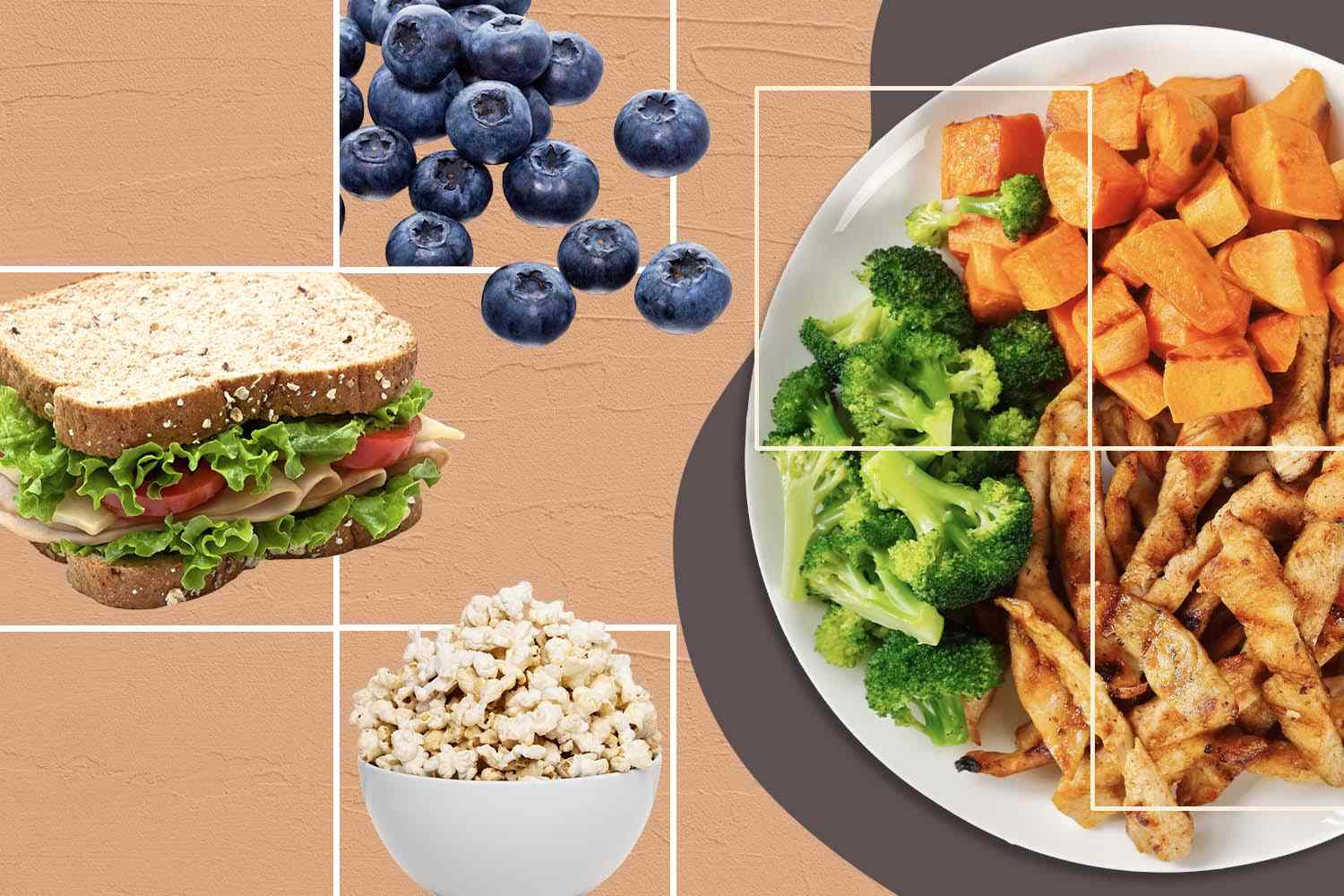.
🥑 How to Lower High Cholesterol Naturally with Diet and Lifestyle Changes
Learn how to lower your LDL (bad) cholesterol and boost your HDL (good) cholesterol through smart food choices and lifestyle habits.
High cholesterol is one of the silent contributors to heart disease and stroke—but the good news is, you can manage it naturally through what you eat and how you live.
Let’s dive into the best foods to include (and avoid), along with simple lifestyle tweaks that make a big difference.
🥣 Best Foods to Lower Cholesterol
1. Oats & Whole Grains
Oatmeal, oat bran, barley, and whole wheat are high in soluble fiber that helps lower LDL (“bad”) cholesterol.
2. Fiber-Rich Fruits & Veggies
Fruits like apples, grapes, citrus, and berries are rich in pectin. Leafy greens like kale, spinach, and broccoli are nutrient-packed allies in cholesterol control.
3. Nuts
Almonds, walnuts, and pistachios contain heart-healthy monounsaturated fats that boost HDL (“good”) cholesterol.
4. Legumes
Beans, lentils, and chickpeas are high in fiber and protein, making them great meat substitutes.
5. Fatty Fish
Salmon, sardines, and mackerel are full of omega-3s that help lower LDL and triglycerides.
6. Olive Oil
Swap butter and margarine for extra-virgin olive oil to benefit from its monounsaturated fats.
7. Avocados
Loaded with fiber and healthy fats, avocados are a powerful cholesterol-fighting food.
8. Soy Products
Soy milk, tofu, and edamame contain compounds that reduce LDL cholesterol.
9. Fortified Foods with Plant Sterols
Found in some margarines, juices, and yogurts, these help block cholesterol absorption in your intestines.
🍟 Foods to Avoid
1. Saturated Fats
Found in red meat, full-fat dairy, and butter. Opt for lean meats and low-fat options instead.
2. Trans Fats
Often found in fried foods and packaged baked goods. Avoid anything with “partially hydrogenated oils” on the label.
3. High-Cholesterol Foods
Limit organ meats, egg yolks, and shellfish, especially if you already have high cholesterol.
4. Heavily Processed Foods
Many processed snacks are high in unhealthy fats, sugar, and sodium—bad news for your heart.
🧘 Lifestyle Tips for Lowering Cholesterol
- Exercise Regularly: Aim for 30 minutes of moderate activity, like walking, most days of the week.
- Maintain a Healthy Weight: Even losing 5-10% of your body weight can make a difference.
- Quit Smoking: Your HDL will thank you.
- Drink in Moderation: One drink a day for women, two for men is the recommended limit.
💡 Final Thought
Improving your cholesterol is not about deprivation—it’s about smart swaps and steady lifestyle improvements. These daily habits can help you protect your heart and live longer, healthier.
🧠 Stroke Prevention: How to Reduce Your Risk with Smart Habits and Medical Care
Prevent stroke before it happens. Discover lifestyle changes and medical strategies to lower your stroke risk naturally and effectively.
A stroke can change your life in an instant—but many strokes are preventable. By making key changes to your diet, daily habits, and medical routine, you can dramatically lower your risk.
Here’s a complete guide to stroke prevention, blending lifestyle changes with evidence-based medical advice.
🍽️ Eat for Brain & Heart Health
1. Focus on Fruits & Vegetables
Eat a colorful variety—greens, berries, citrus, and cruciferous veggies are especially beneficial.
2. Choose Whole Grains
Whole wheat, oats, brown rice, and quinoa offer fiber and nutrients that support blood vessel health.
3. Cut Saturated & Trans Fats
Reduce red meat, butter, and fast food. Cook with healthy oils and trim visible fat from meats.
4. Add Healthy Fats
Incorporate foods rich in omega-3s like flaxseeds, chia seeds, walnuts, and fatty fish.
5. Reduce Salt (Sodium)
Too much sodium raises blood pressure. Limit processed foods and aim for less than 2,300 mg per day (ideally under 1,500 mg).
🏃 Healthy Lifestyle Habits
1. Exercise Regularly
At least 150 minutes per week of moderate activity (like walking) or 75 minutes of vigorous exercise (like running).
2. Keep a Healthy Weight
Obesity increases your risk of hypertension, diabetes, and stroke. Aim for steady, sustainable weight loss.
3. Stop Smoking
Quitting is one of the most powerful stroke prevention tools. Seek support if needed.
4. Limit Alcohol
Excessive drinking increases blood pressure. Stick to 1 drink/day for women and 2 for men.
💊 Medical Management
1. Control High Blood Pressure
Hypertension is the #1 risk factor for stroke. Monitor it regularly and take medications as prescribed.
2. Manage Diabetes
Unchecked diabetes damages blood vessels. Keep your blood sugar in a healthy range.
3. Watch Cholesterol Levels
Follow a cholesterol-friendly diet, exercise, and take medications if needed.
4. Treat Heart Conditions
Atrial fibrillation and other heart issues can increase stroke risk. Regular checkups are key.
5. Use Preventive Medications
Doctors may prescribe aspirin or blood thinners like warfarin to prevent clots in high-risk individuals.
🧠 Know the Signs: Act FAST
Quick action can save lives. Know the FAST warning signs of a stroke:
- Face drooping
- Arm weakness
- Speech difficulty
- Time to call emergency services
📅 Don’t Skip Checkups
- Schedule regular screenings for blood pressure, cholesterol, and glucose.
- Follow up with your healthcare provider and stick to your medication plan.
❤️ Final Word
Stroke prevention isn’t just about avoiding disaster—it’s about living stronger and longer.
With the right habits and awareness, you can protect your brain and take charge of your health journey today.





